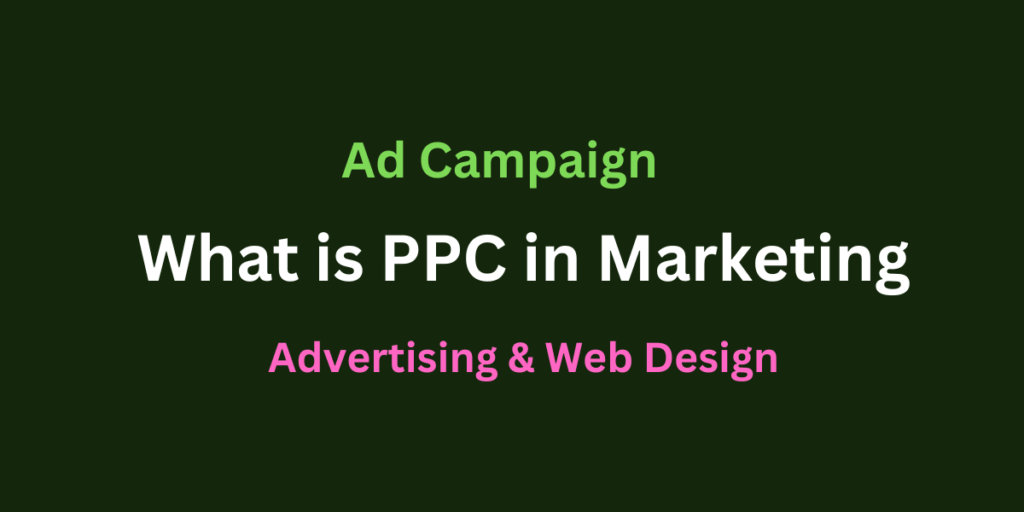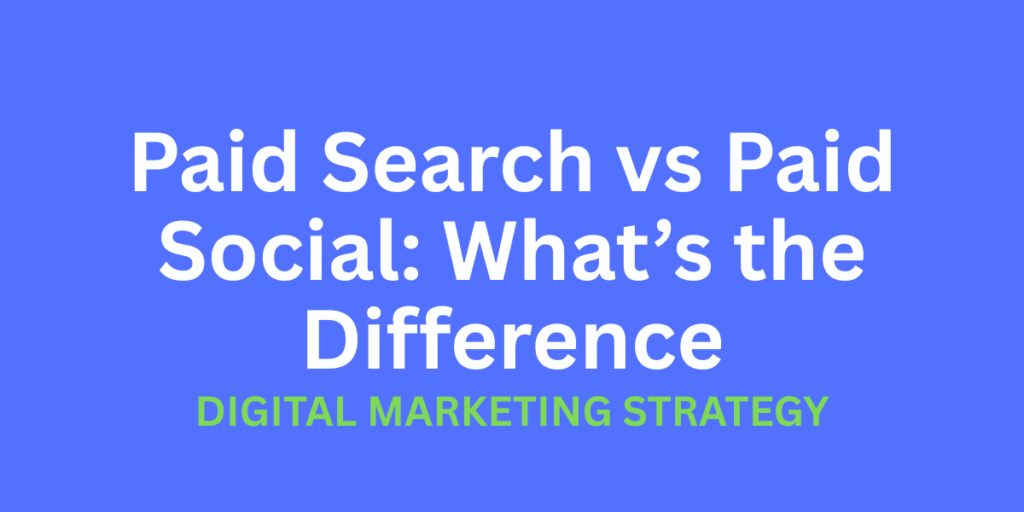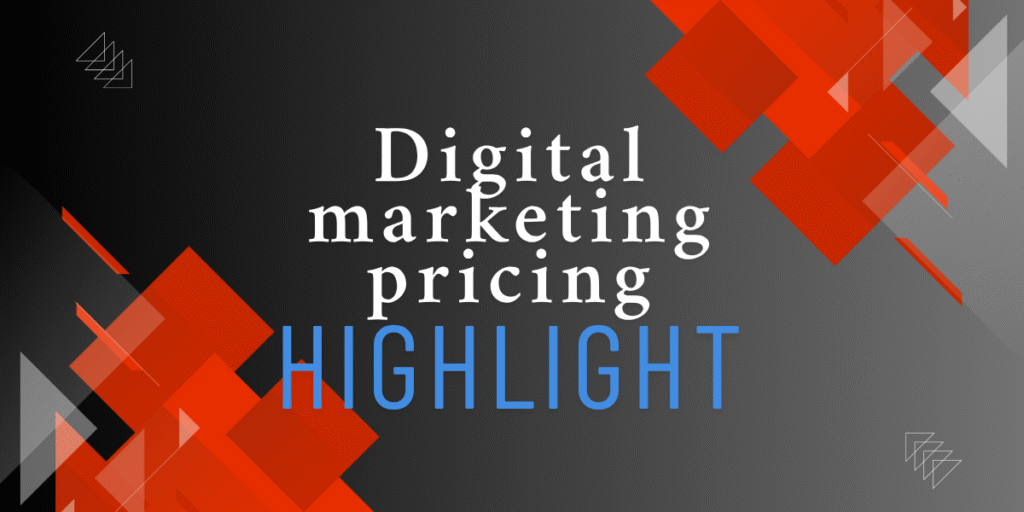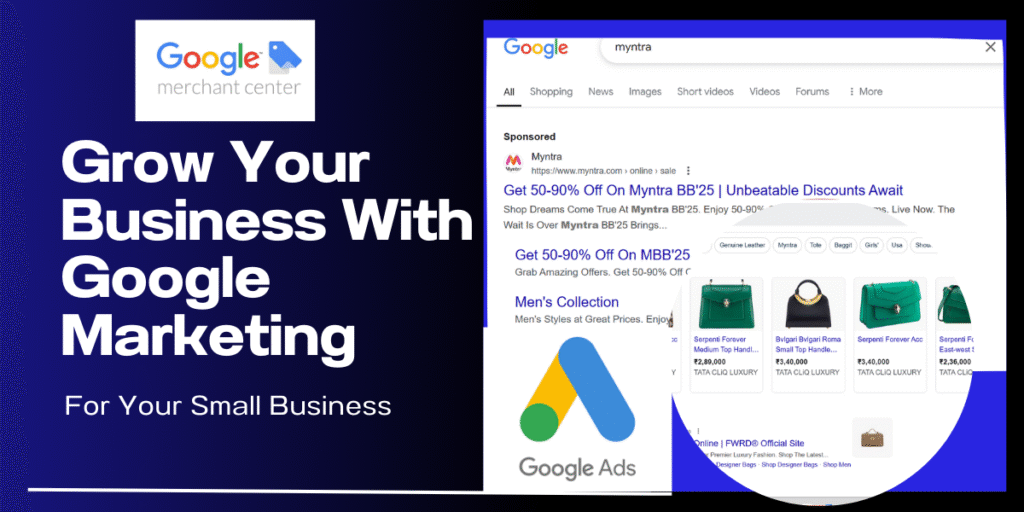Social Media Manager Strategy tailored for growing brand presence
Social Media Manager – Job Role
Social Media Manager is responsible for developing, implementing, and managing a brand’s social media strategy to increase online presence, improve marketing efforts, and drive engagement and sales. They create, schedule, and publish content across platforms like Facebook, Instagram, X (Twitter), LinkedIn, and TikTok, ensuring consistency with the brand voice and identity.
Key responsibilities include content planning, graphic coordination, writing captions, community engagement, responding to comments/messages, and analyzing performance metrics. They also monitor trends, competitor activities, and audience behavior to adjust strategies and boost reach.
Strong communication, multitasking, and storytelling skills are essential in this role to build a loyal online community and support overall business growth.
SM Manager Strategy 2025
- Goals & Objectives
Start with clear, measurable goals:
Increase brand awareness
Drive website traffic
Generate leads/sales
Build community engagement
Provide customer support
- Audience Research
Understand your target audience:
Demographics (age, gender, location)
Interests, behaviors, pain points
Platforms they use most
Tools: Meta Audience Insights, Google Analytics, surveys
- Platform Selection, Social Media Manager
Focus on platforms where your audience is most active:
Instagram/Facebook: Visuals, stories, ads
LinkedIn: B2B marketing, professional content
Twitter/X: News, trends, direct engagement
YouTube: Tutorials, behind-the-scenes, long-form
TikTok: Short, creative video for younger audience
- Content Strategy
Use the 80/20 rule:
80% value (educational, entertaining, engaging)
20% promotional
Content Types:
Educational posts (how-tos, tips)
Behind-the-scenes
User-generated content
Testimonials
Polls & questions
Memes & trending content
Product demos or launches
Content Calendar: Social Media Manager
Use scheduling tools (Buffer, Later, Hootsuite)
- Branding Guidelines
Consistent color palette, fonts, voice & tone
Visual templates (Canva, Adobe Express)
Hashtag strategy (branded + trending)
- Community Engagement
Respond to comments & messages promptly
Like, comment & share UGC
Run contests or giveaways Course
Collaborate with micro-influencers
- Analytics & Reporting
Track KPIs:
Reach, impressions
Engagement rate
Follower growth
Click-through rate
Conversion rate
Tools: Meta Insights, Instagram Analytics, LinkedIn Analytics, Google Analytics
- Paid Advertising Strategy
Use retargeting ads for conversions
A/B test creatives and copy
Create lookalike audiences
- Crisis Management Plan
Assign roles for fast response
Pre-approve generic responses
Escalate sensitive issues properly
- Regular Strategy Review
Monthly reports & reviews
Adapt to new platform features & trends
✅ Social Media Management Plan
1. Strategy Development
- Identify target audience
- Define goals (engagement, traffic, leads, sales)
- Select appropriate platforms
- Competitor analysis
- Hashtag and trend research
2. Content Creation
- Monthly content calendar
- Graphic design (Canva/Photoshop)
- Reels, carousels, stories, videos
- Captions with CTAs and hashtags
- Brand consistency in tone and visuals
3. Scheduling & Publishing
- Pre-scheduled posts using tools like Buffer, Later, or Meta Suite
- Optimal timing based on audience behavior
4. Engagement & Community Management
- Replying to comments and DMs
- Monitoring brand mentions and relevant hashtags
- Interacting with followers and niche pages
5. Analytics & Reporting
- Monthly performance reports
- Insights on reach, engagement, followers, and top-performing content
- Recommendations for improvement
💰 Social Media Management Pricing Table
| Package | Starter Plan | Growth Plan | Pro Plan |
|---|---|---|---|
| Platforms | 1 Platform | 2 Platforms | 3–4 Platforms |
| Posts/Week | 3 | 5 | 6–7 |
| Stories | 3/week | 5/week | Daily |
| Reels/Shorts | 1/month | 2/month | 4/month |
| Community Management | ✖ | ✔ (Basic) | ✔ (Full) |
| Content Calendar | ✔ | ✔ | ✔ |
| Reporting | Monthly (Basic) | Monthly (Detailed) | Weekly & Monthly (Full) |
| Ad Management | ✖ | ✖ | ✔ (1 Campaign Included) |
| Price (Monthly) | ₹4,999 / $60 | ₹9,999 / $120 | ₹14,999+ / $180+ |
Custom packages available for Content creators, doctors, salons, lawyers, artists, and local businesses etc
Read more blog post Articles

Pay-Per-Click (PPC) Marketing: A Powerful Tool for Business Advertising
George simteIn today’s competitive digital landscape, simply having a website isn’t enough. If you want immediate…

Paid Search vs Paid Social: What’s the Difference & Which Should You Use?
George simte🧠 What Is the Difference Between Paid Search and Paid Social? In today’s digital marketing…

Explain more about Marketing & Branding difference
George simteMarketing vs Branding: What’s the Difference and Why It Matters In the world of business…

💼 Tips for Building a Profitable Online E-comerce Business
George simteIn today’s digital age, starting an e-commerce business is easier than ever — but building…

Learn How to Make Your Business Thrive with Digital Marketing
George simteSteps to Grow Your Business Using a Digital Marketing Agency In today’s connected world, having…

Digital Marketing Pricing Packages 2025
George simteDigital Marketing Pricing Plans Flexible Plans for Businesses & Creators PlanStarterGrowthProEnterpriseMonthly Price₹9,999₹19,999₹39,999CustomSEO OptimizationBasicStandardAdvancedFull SuiteGoogle Ads✖️✔️✔️✔️…

Broad Match vs. Phrase Match Keywords – Examples & Differences
George simteWhen running Google Ads (formerly Google AdWords), selecting the right keyword match type is crucial…

How an Online Store Can Boost Sales for Your Small Business
George simteIn today’s digital world, having an online store is no longer optional—it’s essential for growth….
